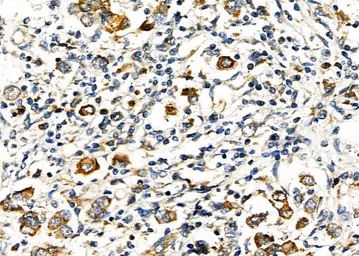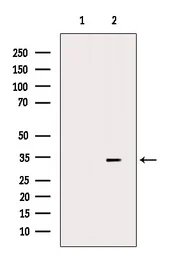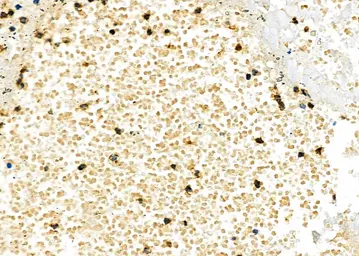TIM-3 antibody
Cat. No. GTX04872
Cat. No. GTX04872
-
HostRabbit
-
ClonalityPolyclonal
-
IsotypeIgG
-
ApplicationsWB IHC-P
-
ReactivityHuman, Rat


